Bamburgh Castle
Explore
Discover Captain Cook’s Monument atop Easby Moor, a stunning North Yorkshire landmark honoring the world-famous explorer, with breathtaking views and historic insight.
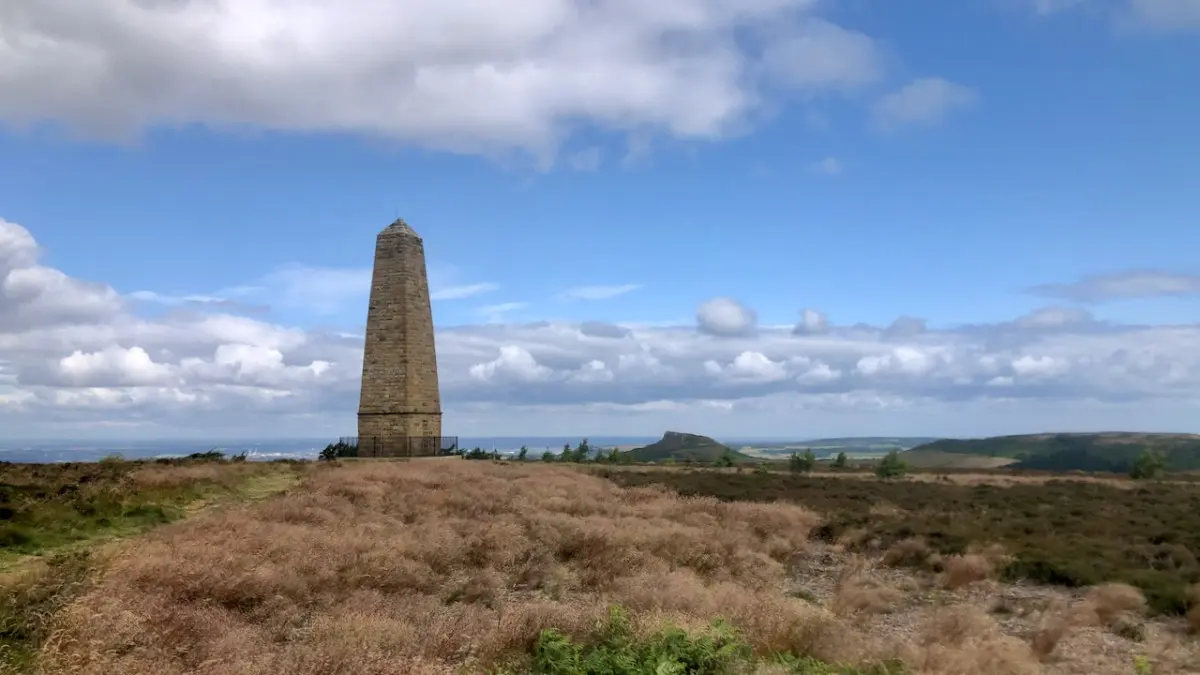
Captain Cook’s Monument, standing proudly atop Easby Moor in North Yorkshire, is a stirring tribute to one of the world’s most renowned explorers. This towering obelisk commemorates Captain James Cook, the legendary navigator who set out on groundbreaking voyages of discovery. From its elevated position, the monument offers panoramic views of the surrounding countryside, making it a favorite destination for history enthusiasts, walkers, and nature lovers.
A visit to Captain Cook’s Monument provides a unique opportunity to delve into the life and achievements of this 18th-century pioneer. Interpretive signage and nearby information points share stories of his voyages, from mapping uncharted lands to fostering scientific and cultural exchange. The surrounding moorland trails create a tranquil setting for reflection, allowing visitors to immerse themselves in the same rugged landscape that inspired young James Cook to dream of far-off horizons.
Whether you’re drawn to its historic significance, the beauty of its rural setting, or the chance to enjoy a peaceful hike, Captain Cook’s Monument is a must-see landmark. It embodies the spirit of exploration, honoring a man who charted new worlds and left a legacy of discovery for future generations.
The monument’s lofty perch atop Easby Moor provides breathtaking vistas over the surrounding countryside and the distant North York Moors.
Learn about the life and accomplishments of Captain James Cook, one of the world’s most celebrated explorers, through nearby information points and signage.
Enjoy serene hikes through the rugged moorland, with the monument serving as both a destination and a point of reflection along your journey.
Located close to Captain Cook’s childhood home in Great Ayton, the monument allows visitors to walk in the footsteps of a young boy who would one day chart unknown territories across the globe.
Why not make a weekend of it? Explore Nearby Attractions. Scroll to zoom in or out on map.
Curious about Captain Cooks Monument? We've compiled answers to the most frequently asked questions to help you uncover the highlights and visitor essentials.
The walk to the monument from the nearest car park is approximately 1.5 miles, with a steady uphill incline.
There are car parks in the village of Great Ayton and near Gribdale Gate, from which you can walk to the monument.
Great Ayton offers several charming cafes and pubs where you can relax and enjoy a meal or refreshment after your walk.
Yes, the Cleveland Way passes close by, making it easy to incorporate the monument into a longer hike through the scenic North York Moors.
Nearby attractions include the Captain Cook Schoolroom Museum in Great Ayton, the beautiful village of Stokesley, and the scenic Cleveland Way National Trail.
Make your trip unforgettable by exploring these nearby attractions during your visit.
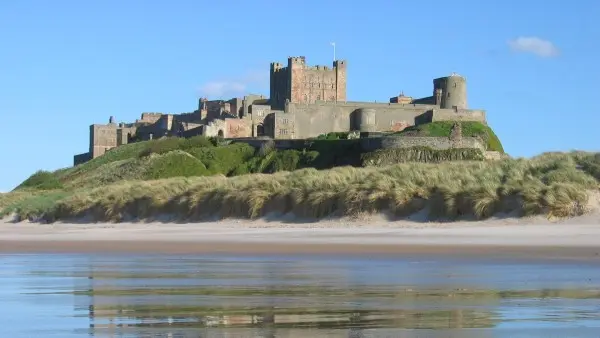 Bamburgh
Bamburgh
 Newcastle
Newcastle
 South Shields
South Shields
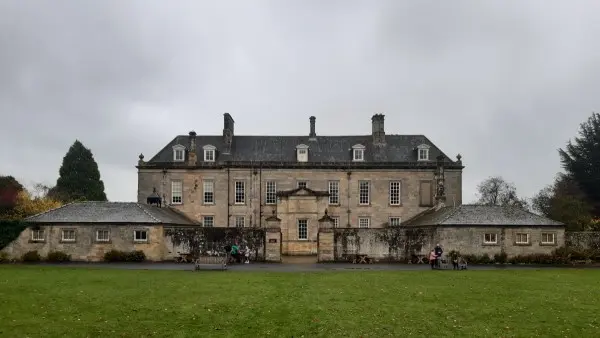 Morpeth
Morpeth
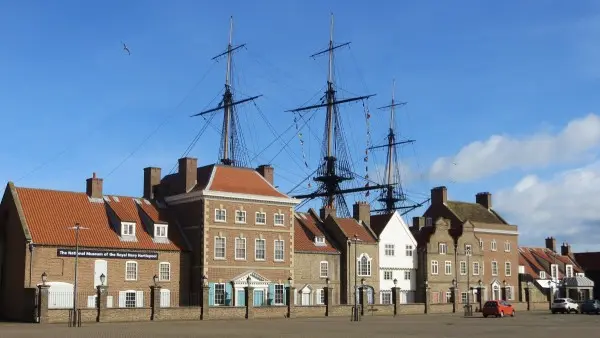 Hartlepool
Hartlepool
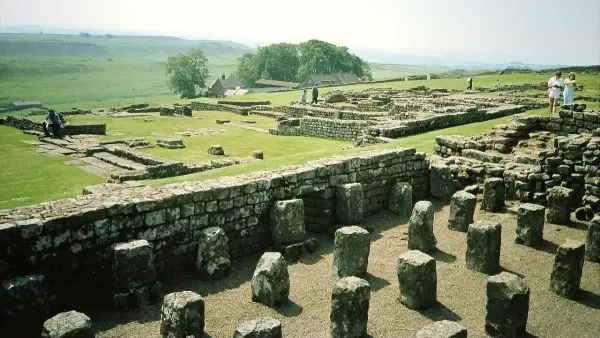 Hexham
Hexham
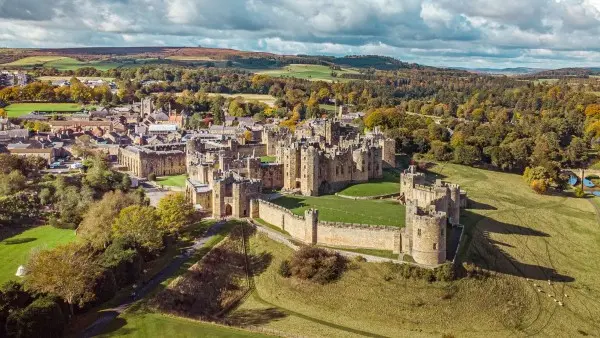 Alnwick
Alnwick
 Kielder
Kielder
 Hartlepool
Hartlepool
 Middlesbrough
Middlesbrough
 Stockton on Tees
Stockton on Tees
 Hartlepool
Hartlepool